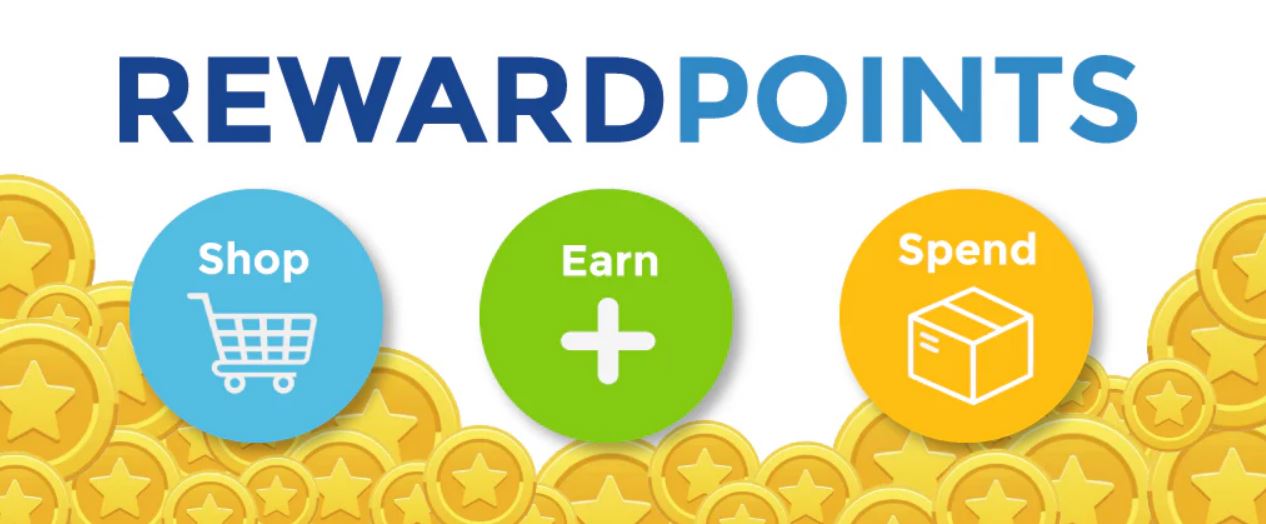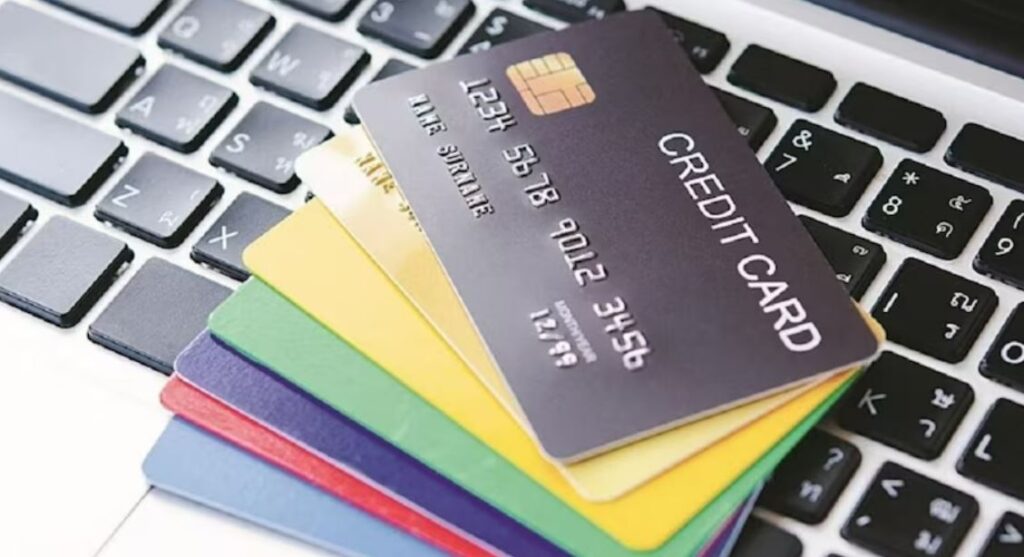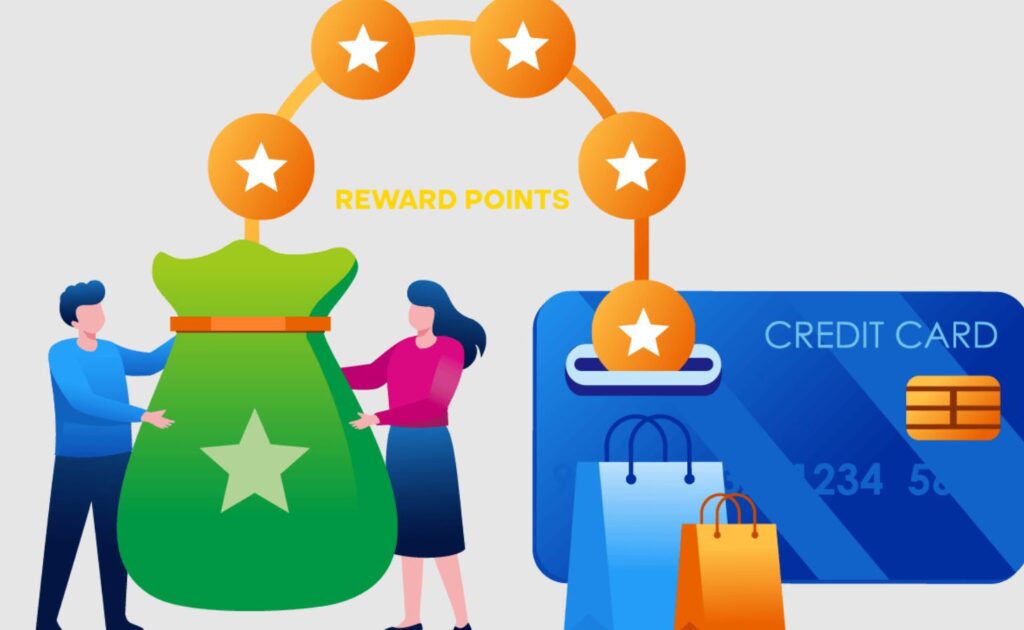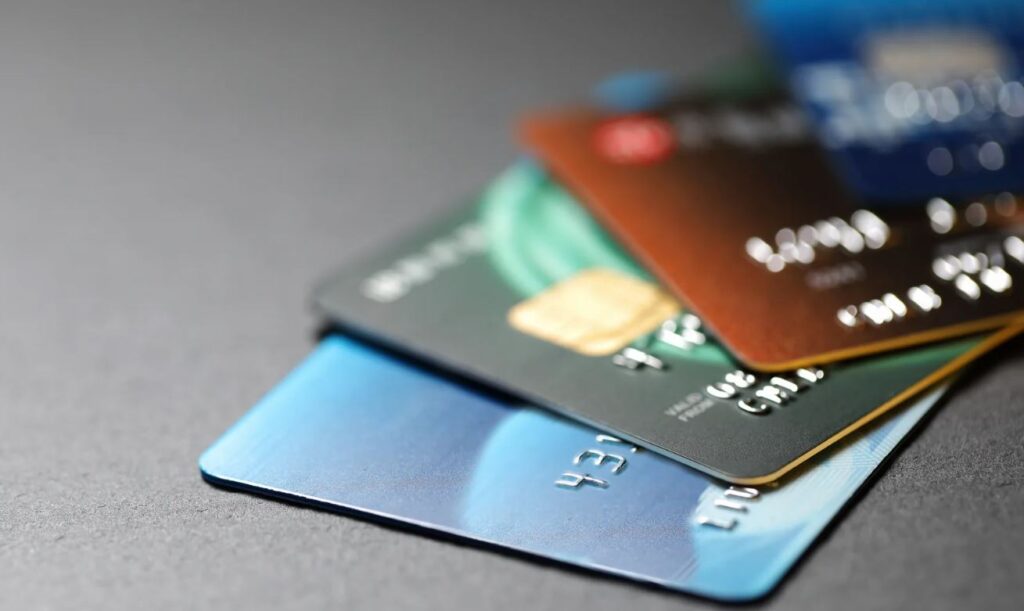 May 26, 2025
May 26, 2025
Credit cards today offer more than just a convenient way to pay. For many Filipinos, they’re also a gateway to earning valuable perks through credit card reward points. These points, earned as you spend, can add significant value to your everyday purchases, turning routine transactions into opportunities for savings, freebies, or exciting experiences. Understanding how these reward programs function and how to make the most of them is key to getting the most out of your credit card in the Philippines.
Earning Your Way: How Points Add Up

At its core, earning credit card reward points is simple: you spend using your card, and you accumulate points based on the amount you charge. The exact rate at which you earn points varies depending on the specific credit card you have. Most cards in the Philippines award points based on your spending in Philippine Pesos (PHP).
For example, a common earning rate might be 1 point for every PHP 20, PHP 25, PHP 30, or even a higher amount spent. Some premium cards or specific card types might offer faster earning rates.
It’s worth noting that not all spending might earn points at the same rate, or even earn points at all. Some cards might also offer accelerated earning rates for specific categories, like dining, shopping, or overseas spending. This means using the right card for the right purchase can help you accumulate points much faster.
What Can Points Get You? Exploring Redemption Options

The points you earn, including those from supplementary cards, are typically credited to the principal cardholder’s account. How do you check credit card points? You can usually find these on your monthly statement.
Once you’ve accumulated a good number of points, the fun part begins: redemption! Credit card reward programs in the Philippines offer various options for cashing in your hard-earned points. The specific rewards available depend on your bank and the type of card you hold, but common categories include:
- Shopping Vouchers and Gift Certificates. This is a popular option, allowing you to exchange points for vouchers usable at various retail stores, restaurants, or online shops. This is a straightforward way to use your credit card points for things you would buy anyway.
- Cash Credits or Rebates. Some programs let you convert your points into cash credits that can be applied directly to your credit card balance. This is essentially getting a discount on your spending.
- Airline Miles. For those who love to travel, converting points to airline miles with partner airlines is a valuable option. These miles can be used for free flights or upgrades. Different cards may partner with different airlines, and conversion rates can vary.
- Hotel Stays. Similar to airline miles, points can sometimes be transferred to hotel loyalty programs for free nights.
- Annual Fee Waivers. Many credit card reward programs allow you to use your accumulated points to waive your annual membership fee. This is a practical way to save money, especially if the annual fee is high.
If you’re particularly keen on avoiding annual fees, consider looking into credit cards with no annual fee.
- Merchandise. Some banks offer a catalog of items, ranging from gadgets to home appliances, that you can redeem using your points.
- Donations. You might also have the option to donate your points to charitable institutions.
Redemption is typically done through the bank’s website, mobile app, or by calling their customer service hotline. The process and the time it takes to receive your reward can differ depending on the bank and the type of item you’re redeeming.
Making the Most of Your Credit Card Reward Points

Simply earning points isn’t enough; the real goal is to maximize their value. This involves strategic spending and smart redemption. To start, choosing the right credit card for your spending habits is key. If you spend a lot on groceries, find a card that gives bonus points at supermarkets. If you travel frequently, a travel-focused card might be more rewarding. Comparing different rewards credit cards can help you see which card types offer the best earning rates for the categories you spend on most.
Another strategy is to consolidate your spending on one or two rewards cards. Instead of spreading small purchases across multiple cards, focus your spending on the card that offers the most points for those transactions. This helps you accumulate points faster towards a meaningful redemption.
Taking advantage of welcome bonuses and ongoing promotions is also a smart move. Many rewards credit cards offer a large point bonus if you meet certain credit card spending requirements within the first few months of getting the card. Keep an eye out for temporary promotions that offer accelerated points earning on specific purchases or during certain periods.
Knowing the value of your points before redeeming is important. Not all redemption options offer the same value. Compare the points required for different rewards against their cash value to see where you get the most bang for your buck.
Keeping track of your points is also a must. Most banks show your accumulated points on your monthly statement. Many also offer online banking or mobile apps where you can check your balance anytime. Knowing how to check credit card points easily allows you to monitor your progress and plan your redemptions effectively.
Things to Watch Out For

While reward points are a great perk, there are some important things to be aware of:
- Point Expiry. Not all reward points last forever. Some programs have points that expire after a certain period, often a year or two, or after you close your account. Be sure to check your card’s terms and conditions to understand the expiry policy and redeem your points before you lose them.
- Minimum Redemption Thresholds. Most credit card rewards programs require you to have a minimum number of points before you can redeem them for certain rewards. Make sure you accumulate enough points for the redemption option you want.
- Redemption Fees. Some specific reward types or transfers (like airline miles) might involve a small fee. While this is less common for point redemptions compared to cashbacks from cashback credit cards, always check the redemption process details.
- Account Status. Your credit card account must typically be active and in good credit standing (not delinquent or over limit) to earn and redeem points. Falling behind on payments can lead to the forfeiture of your accumulated points.
- Taxes. The terms and conditions might mention that the cardholder is responsible for any taxes related to redeemed rewards. It’s something to be aware of for high-value redemptions.
Ready to Start Earning? Find Your Rewards Card with Cards.ph
Understanding how to check credit card points and how they work is the first big step towards making your money go further. We’ve talked about how points add up, the exciting ways you can redeem them, and smart moves to get the most value. With so many cards offering different point systems, earning rates, and redemption options, choosing the right one can feel like navigating a maze.
At Cards.ph, we know you want to maximize every peso you spend, and finding the credit card with the reward program that best matches your lifestyle and spending is key to doing that effectively.
Our platform takes the guesswork out of finding the right rewards card. You can easily compare different cards from various banks in the Philippines, focusing specifically on their reward programs, from earning rates and point values to redemption options and fees. You can find credit cards for beginners that don’t just let you spend, but truly reward you for it.
Don’t let the variety of options stop you from enjoying the benefits of credit card reward points. Discover the card that’s the perfect fit for your financial goals with Cards.ph!